Ornamental saltwater aquarists highly desire the Bubble Tip Anemone (Entacmaea quadricolor) as one of their most wanted pets throughout the aquarist community. Fishkeepers select this colorful species because they love its elegant tentacles that naturally dance through the water. The Bubble Tip Anemone enhances the aquarium’s appearance while serving as a vital marine habitat for clownfish and other beneficial symbiotic marine organisms.
Content Table
Bubble Tip Anemones (BTAs) need precise knowledge of their natural behavior together with their habitat requirements. The following points explain everything about Bubble Tip Anemones when it comes to relations with other anemones and their ideal reef tank positions, as well as their propagation behavior and prevention methods of bubble tip anemone splitting.
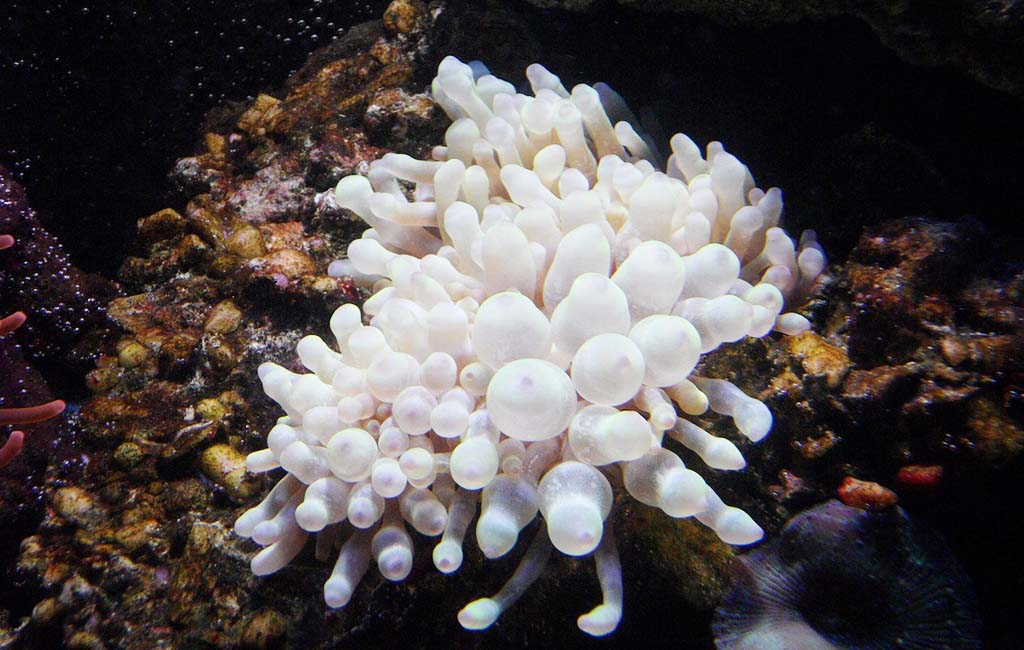
bubble tip anemone
Bubble Tip Anemone: What You Need to Know
The natural habitat of Bubble Tip Anemones includes tropical reef ecosystems, which are primarily spread throughout the Indo-Pacific regions. Several different colored variations exist for Bubble Tip Anemones, such as green and both red and rose and rainbow types. The unique anatomical structure of these anemones permits them to automatically expand and contract their appendages, forming their recognizable bubble shape.
Key Characteristics of Bubble Tip Anemones
The essential properties of Bubble Tip Anemones include the following:
- These anemones develop to a maximum diameter of 12 inches.
- These anemones need bright to strong lighting because they conduct photosynthesis.
- They require a medium water flow to survive, as it protects them from destruction.
- These animals gather nutrients through their symbiotic relationship with zooxanthellae but also require supplemental nutrition, including mysis shrimp and other small marine proteins, to complete their diet.
Bubble Tip Anemones are known for their symbiotic relationship with clownfish, offering protection in exchange for food scraps. Their ability to move within the tank means they may relocate to find a spot that suits their needs best.
Can Bubble Tip Anemones Be Kept with Other Anemones
The question that bubbles up most often asks if Bubble Tip Anemones can survive alongside other anemone varieties. The compatibility of Bubble Tip Anemones with other anemone species depends on the dimensions of the tank and aquarium configuration.
Factors to Consider
- Different anemone species use chemical emissions to harm and stress other types, which may result in poor health conditions.
- Different anemone species can coexist when placed in large tanks of a minimum of 100 gallons, as long as sufficient space exists between them.
- The mobility of BTAs allows them to enter neighboring territories of other anemones, which results in hostile interactions.
To minimize risks, it is generally recommended to keep only one species of anemone per tank unless you have a well-established and spacious reef system.
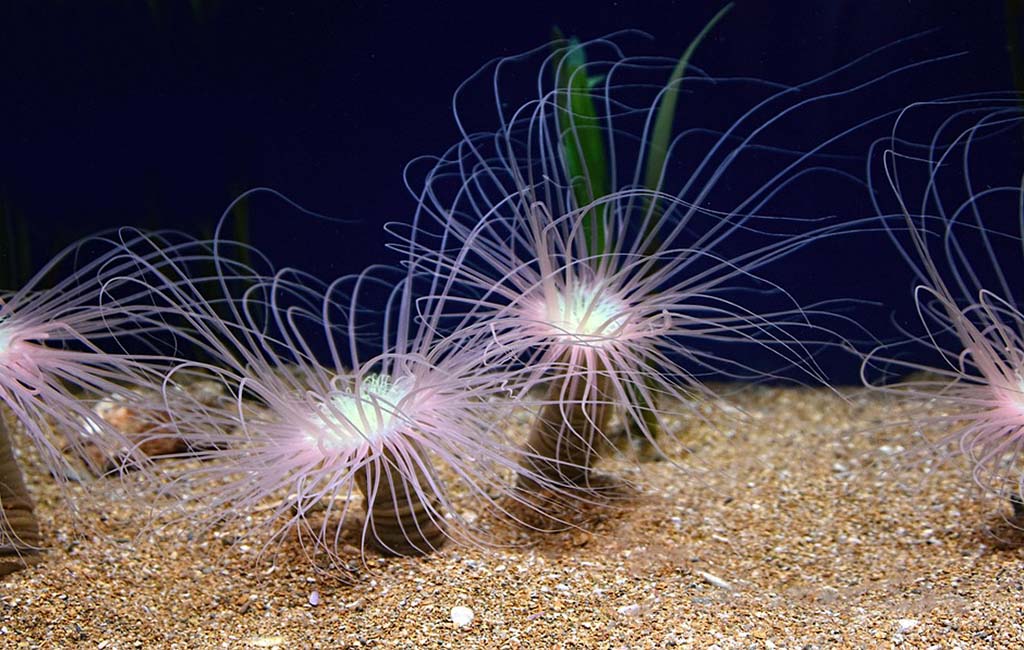
Place the Bubble Tip Anemone in a Reef Tank
Where to Place a Bubble Tip Anemone in a Reef Tank
An appropriate placement position is essential for ensuring the health of your Bubble Tip Anemone. It possesses movement capabilities that enable it to search for its desired habitat locations.
Ideal Placement Guidelines
- The foot attachment point of the Bubble Tip Anemone works best when anchored onto a solid rock base instead of sand.
- The low to very high brightness setting of LED or T5 lighting should be used for these photosynthetic organisms.
- A stable water current should be maintained since excessive flow stresses them, yet insufficient flow damages their health.
- A safety margin should exist between BTA and coral ecology, since BTAs possess the ability to irritate and harm neighboring coral lifeforms.
- Let the anemones develop freely because they naturally expand throughout time, so provide them with enough space.
Your BTAs’ movement pattern, together with behavioral patterns, reveal how well your placement choice fits their needs. Their constant movement suggests they are searching for better environmental conditions.
Bubble Tip Anemone Splitting: Why and How It Happens
Splitting, or asexual reproduction, is a natural process for Bubble Tip Anemones. This occurs when an anemone divides itself into two or more clones.
Common Reasons for Splitting
- Stress Response: Sudden changes in water parameters, lighting, or flow can trigger splitting as a survival mechanism.
- Rapid Growth: A healthy BTA that receives sufficient nutrients and lighting may split to reproduce.
- Changes in Environment: Introducing a new anemone, sudden water changes, or aggression from nearby tank mates can cause splitting.
- Feeding Habits: Overfeeding may lead to faster growth and an increased likelihood of splitting.
How Splitting Happens
The anemone starts by elongating its body, followed by a pinching motion in the center. Over time, it gradually separates into two distinct individuals. Both halves will regenerate their missing parts and grow into fully functional anemones.
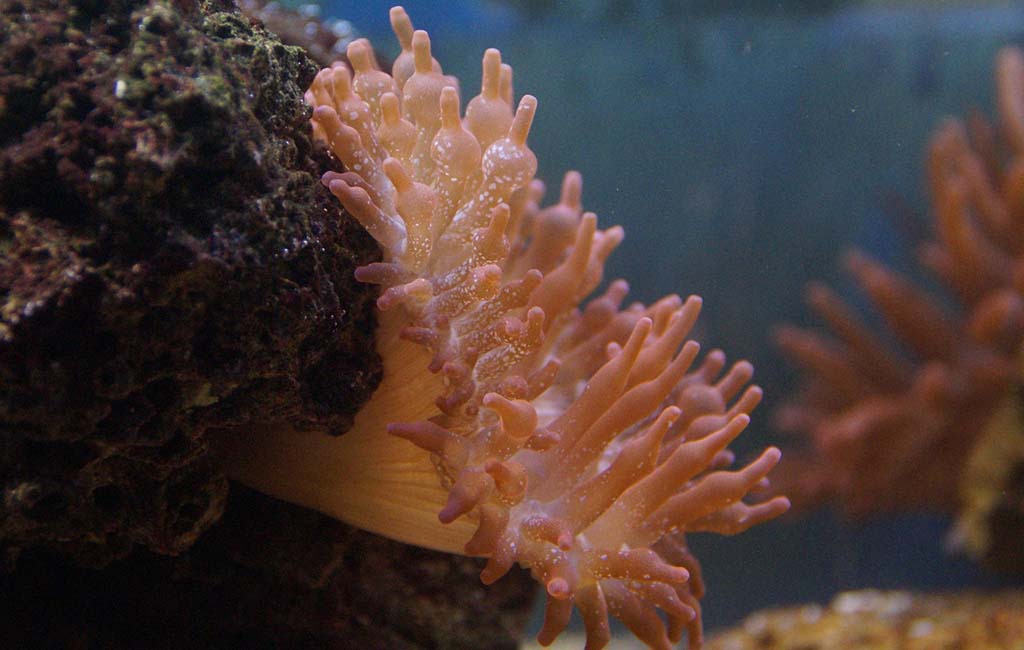
bubble tip anemone splitting
How to Stop a Bubble Tip Anemone from Splitting
While bubble tip anemone splitting is a natural process, frequent splitting can be problematic in a controlled aquarium setting. To minimize excessive splitting, maintaining stable water conditions and reducing environmental stressors is essential.
1. Maintain Stable Water Parameters
Keeping temperature, salinity, and pH consistent helps reduce stress on the anemone. Regularly testing water for ammonia, nitrites, and nitrates ensures that water quality remains optimal and prevents sudden fluctuations that may trigger splitting. A well-maintained reef tank with balanced parameters minimizes stress-induced division.
2. Avoid Sudden Environmental Changes
Introducing new lighting, adjusting flow rates, or adding tank mates should be done gradually. Sudden shifts in the aquarium environment can stress anemones, causing them to split as a survival response. Large and frequent water changes should also be avoided, as they can disrupt stability and trigger splitting.
3. Regulate Feeding Habits
Overfeeding can lead to rapid growth, increasing the likelihood of splitting. Feeding only once or twice a week with appropriately sized food, such as mysis shrimp or small marine proteins, helps maintain a balanced diet without encouraging excessive reproduction. Moderation is key to keeping your anemone healthy without unnecessary division.
4. Ensure Sufficient Space
Anemones may split if they feel crowded or if they lack adequate attachment areas. Providing ample rock space allows them to establish a stable territory and reduces stress-related splitting. If multiple anemones are present, spacing them apart helps maintain harmony within the tank.
5. Minimize Stress Factors
Keeping aggressive tank mates away prevents irritation and potential harm to the anemone. Observing signs of stress, such as excessive movement or deflation, can help aquarists address issues before they lead to splitting. A peaceful tank environment ensures a thriving and stable Bubble Tip Anemone population.
The Last Word
No doubt that Bubble Tip Anemones are an excellent addition to a reef aquarium. They offer vibrant colors and dynamic movement in your aquarium paradise. They require some careful attention to water quality, lighting, and placement. The beauty and interactions make them a rewarding species to keep.
Understanding their behavior, including their ability to split and their sensitivity to environmental changes, can help aquarists maintain a healthy and stable tank. Whether you’re new to reef-keeping or an experienced hobbyist, a well-maintained Bubble Tip Anemone can be a stunning centerpiece in any saltwater aquarium.
By following the best practices outlined in this guide, you can ensure your Bubble Tip Anemone remains healthy, avoids unnecessary stress, and thrives in its aquatic home.
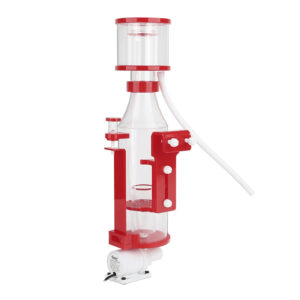
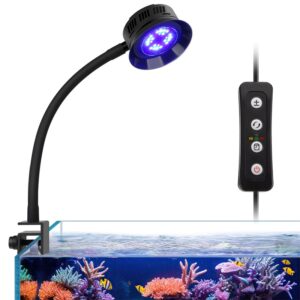
Leave a comment